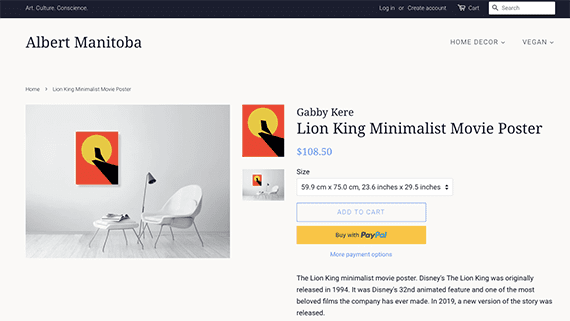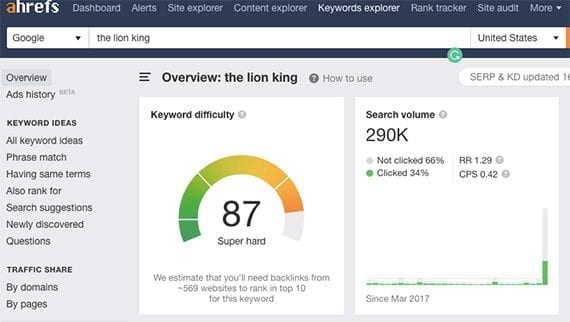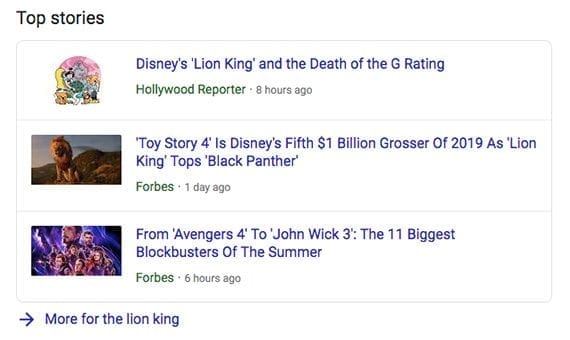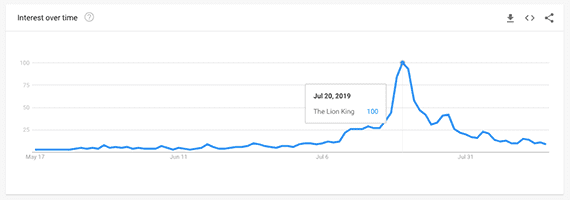Small and mid-sized ecommerce businesses can struggle to rank for competitive terms in Google, Bing, and other search engines. For some phrases, there are too many large and established sites already dominating the results. But that doesn’t mean there is no profit to be earned.
Using so-called “barnacle” tactics for search engine optimization, an ecommerce business may be able to put its products and its brand in front of many potential customers without ranking its website for a target phrase.
Using so-called “barnacle” tactics… an ecommerce business may be able to put its products and its brand in front of many potential customers without ranking…
Barnacle SEO is not new. Will Scott of Search Influence coined the term in 2008, describing it as “attaching oneself to a large fixed object and waiting for the customers to float by in the current.”
The idea is to place brand-related content on large, established domains to win one or more spots on the search engine results page for your company’s most competitive keyword phrases.
Fishkin on Barnacle SEO
“Like a barnacle attached to a big rock or the side of a ship, the currents are bringing nutrients to you as those objects travel and as the currents bring them in,” said Moz founder Rand Fishkin in a 2014 video.
“In the SEO world, this means essentially saying, ‘Hey, there are some keywords that are so competitive, so challenging, or so far outside of what we want to target that we’re just not going to be ranking for those terms and phrases,'” Fishkin continued. “And we don’t necessarily want to invest the effort or energy, or we have already invested and we’re just not making progress.
“But what we can do is make it so that as other people visit the top five, ten, 20 results, they see our brand, our website linked to, mentioned, talked about, and we derive benefit from essentially latching on.”
Local Business
An example involving a local business may help explain barnacle SEO further.
Imagine you have a small heating and air conditioning company in Idaho. You have a website. You are buying ads on Google and Facebook. But your business struggles to rank organically for terms like “furnace repair Boise.” The results pages are mostly filled with directories, such as Yelp, HomeAdvisor, and Angie’s List.
So rather than try to compete with Yelp, which has a powerful and established domain, use it. Claim your business page, and do everything you can to complete that profile. You might even link to your Yelp page from social media and your own website.
In this example, Yelp is what Scott described as “a large fixed object.” So why not attach yourself to it and wait for customers to float past your listing?
Ecommerce
The idea of placing your brand or product content on large, popular domains will work for ecommerce companies, too.
Imagine you have a small online store selling art and posters. You have just brought in a new line of Lion King-inspired works. You would love for your website to rank in the top 10 for “The Lion King” on Google.

Imagine you have a product that you want to rank for a competitive search term, such as “The Lion King.”
Unfortunately, that is not going to happen. Your online store’s site cannot compete with Wikipedia, IMDb (the movie database), and Disney when it comes to popularity, authority, or even relevance.

Ahrefs shows how difficult it would be to rank for the search phrase “The Lion King.”
Your business, however, could still get its brand and products on top ranking pages for this phrase. How? Attach content from your site or mentions of your store to sites that do rank or could rank for the topic.
For example, at the time of writing, the Google search result page for “The Lion King” included a “Top Stories” news section. Thus we know that news sites can rank for the term. And many of those sites publish articles from outside contributors.

There are sites on the search-result pages that allow you to publish content. You might contribute an article to a news source or maybe update the Wikipedia page.
You could write an article along the lines of “The Lion King 2019 Is a Critical Flop but a Merchandising Boon.”
Your post might include Google Trends data, quotes from other retailers, and the story of your new product line. You would then submit the work to Forbes, HuffPost, Business Insider, or maybe even an established newspaper in your area. Once published, you would work to build links to the article, helping it land on the first results page.

You could create an article related to The Lion King that is valuable, interesting, and high-quality. That article, in turn, would be submitted for publication on a site that does or can rank for the term.
Once your “merchandising boon” article — which mentions your brand, online store, and products — is published, you could add a section to “The Lion King (2019 film)” Wikipedia page, which currently has the top organic spot on search results. This new Wikipedia section would discuss how a panned film could still drive merchandising revenue. You would use your article as a source, adding product images to that section.
Then your brand and store would be mentioned on the top-ranked page for a keyword your own site could not have cracked. Your content could introduce shoppers to your store and your Lion King products.
7 Steps
The goal of barnacle SEO is to generate profit. But unlike other SEO tactics, you are not worried about driving traffic directly to your own site. Rather, you are comfortable waiting for customers to float past — to drive traffic to another domain that mentions your ecommerce business.
Thus you have dual aims:
- Put your brand, products, or content on authoritative domains that are capable of ranking for very competitive keyword phrases.
- Help those authoritative pages rank.
Try this 7-step process to implement barnacle SEO for your ecommerce business.
- Identify important keyword phrases. Keyword research is the process of finding phrases to rank for. But for barnacle SEO, look for extremely competitive terms for which your site probably could not rank.
- Focus on keywords with high-profit potential. Narrow your list of dream keywords to those most likely to generate a profit. Experiment as necessary. Don’t try ranking for low-profit keywords, in other words.
- List the sites that rank well. For each phrase, make a list of top-ranking sites for similar keywords.
- Identify opportunities. Could you get links from those sites? Could you submit an article? Could you add a useful video? Could you even buy an ad on the page? Try to match some form of content with each site.
- Place the content. Now, execute. Perhaps you’re updating a Wikipedia page, answering a question on Quora, or pitching an article to an online magazine. Do the work.
- Build links. Use the same SEO link-building strategies for your own site to promote your barnacle content. Building 50 links, for example, to a new article on HuffPost should help it rank.
- Measure, learn, and iterate. Did you succeed? What worked? Which barnacle tactic should you try next? Focus on a single topic each month with a handful of extremely competitive keywords as part of an on-going barnacle SEO campaign.
Resources
Ecommerce
via https://www.AiUpNow.com
Armando Roggio, Khareem Sudlow
